The 5 most bizarre electric vehicle designs
The Tesla Cybertruck has a peculiar appearance, but it's not as eccentric as these
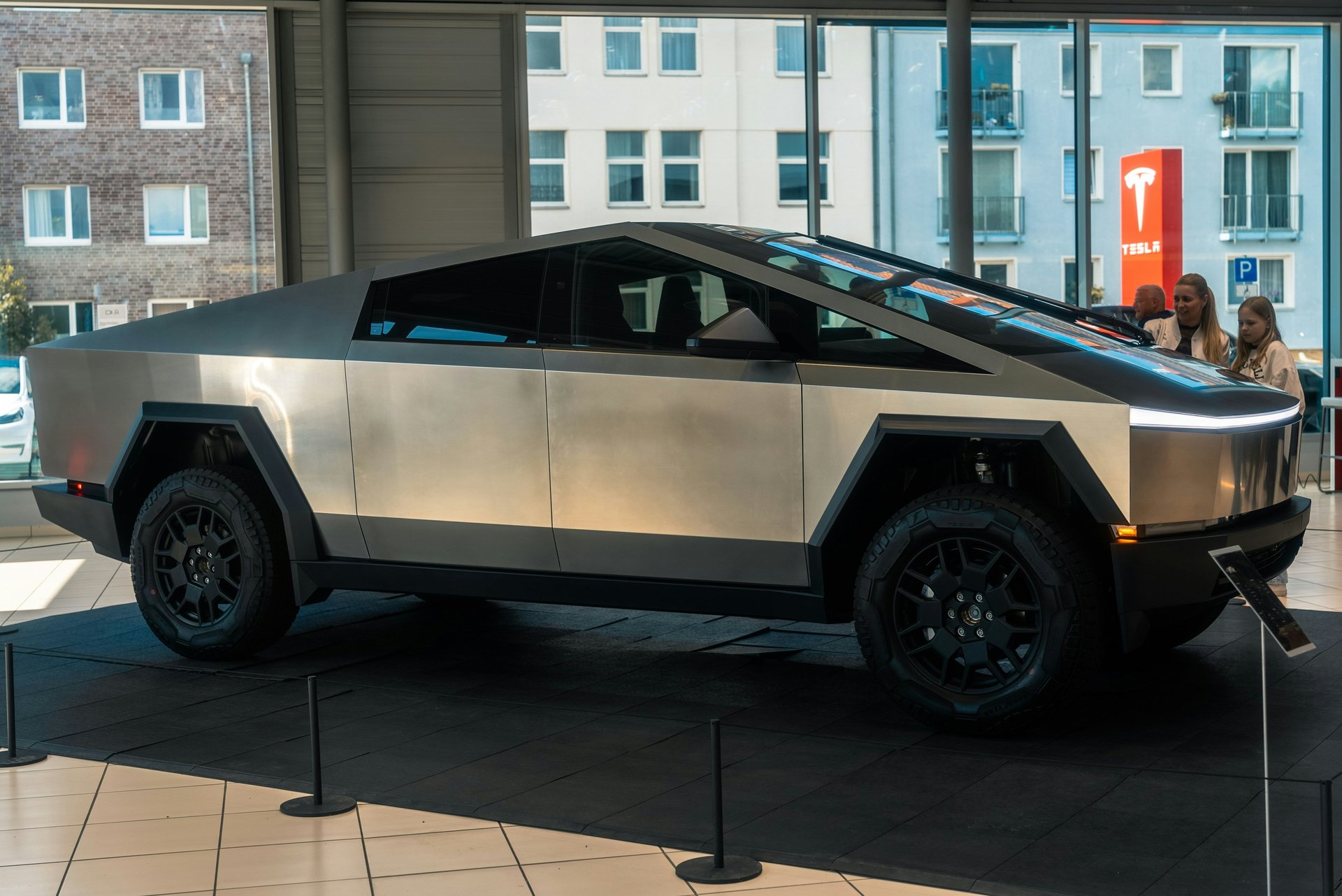
Modern electric vehicles are not synonymous with bizarre aesthetics. They more or less look similar to gas-powered cars. Electrification happens under the hood, so contemporary automotive designers hardly need to deviate from the norm.
Older generations of EVs, though, would look odd to anyone today. The history of EVs goes back to the 19th century, when innovators in the U.S., the U.K., Hungary, and the Netherlands first dreamt up better alternatives to the horse and buggy and tested the idea of a battery-powered vehicles. British inventor Robert Anderson developed the first crude EV in 1832, but no practical version of the vehicle existed until the invention of rechargeable batteries in 1859.
Then came American chemist William Morrison, who created an electrified wagon, the first EV in the U.S., in 1890. These electrified carriages gained popularity among urban residents at the tail end of the century because they were quieter and easier to drive than steam- and gas-powered vehicles. Emitting zero smelly pollutants was also part of their charm. The first decade of the 20th century saw the glory days of EVs in the U.S.
However, the mass production of the Ford (F) Model T turned the tide, rendering gas-fueled cars more widely available, affordable and appealing to the public, and EV innovation was mostly dormant in the following decades. The 2000s ushered in the resurgence of electric cars with the unveiling of the Tesla Roadster in 2006 — and, more recently, the eyebrow-raising Cybertruck.
With that history in mind, here are five of wackiest EV designs to ever hit the road.
2 / 6
La Jamais Contente
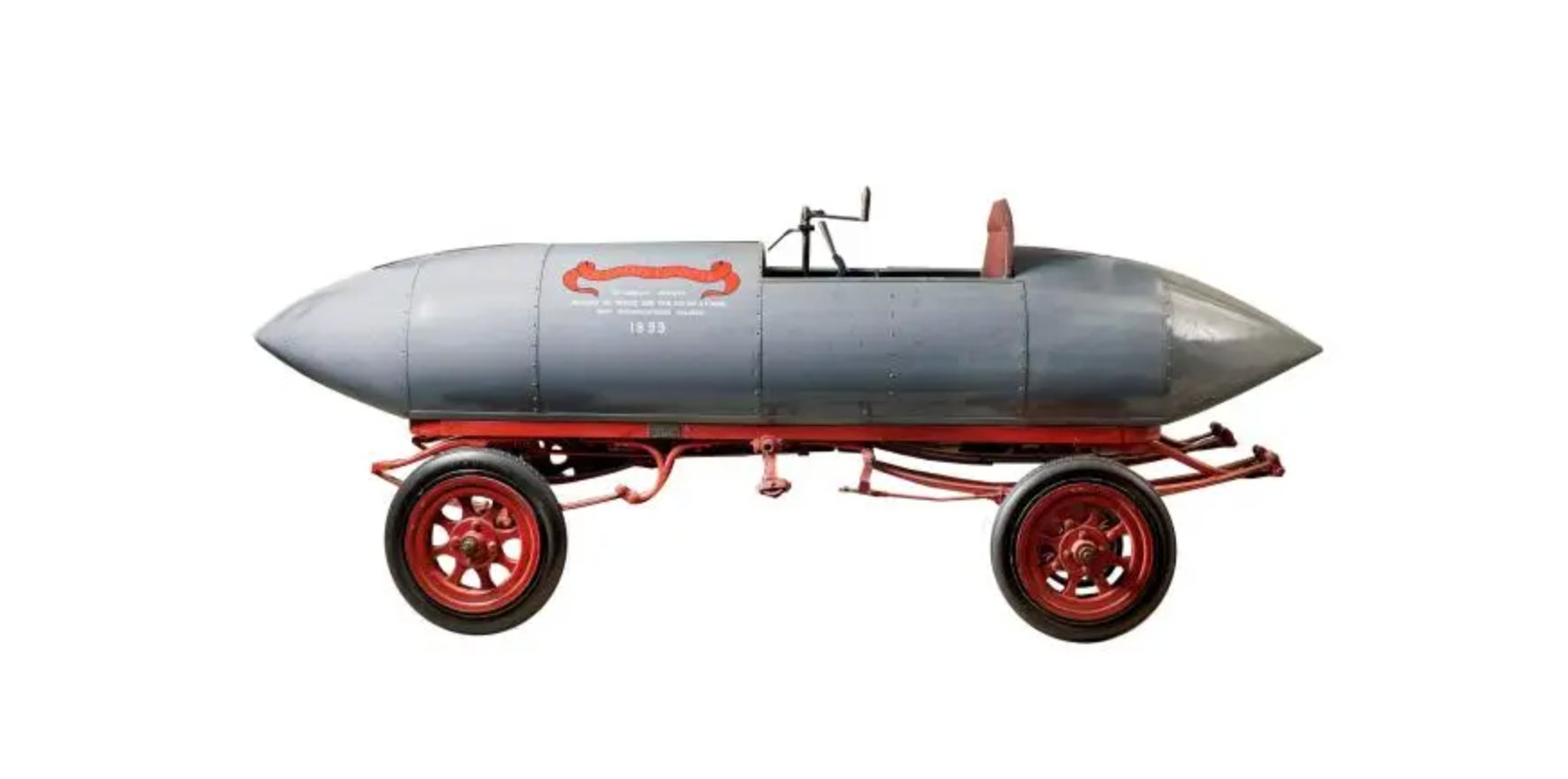
La Jamais Contente — “The Never Satisfied” — was a torpedo-shaped speedster used by Belgian racer Camille Jenatzy to set a land speed record of 65.792 mph on a racetrack in 1899. The vehicle’s shell consisted of the aluminum alloy partinium and two 25-kW electric motors between the rear wheels. Its lightweight body, equal-sized wheels, steering lever, and manual accelerator contributed to its aerodynamic efficiency.
3 / 6
Wood electric truck
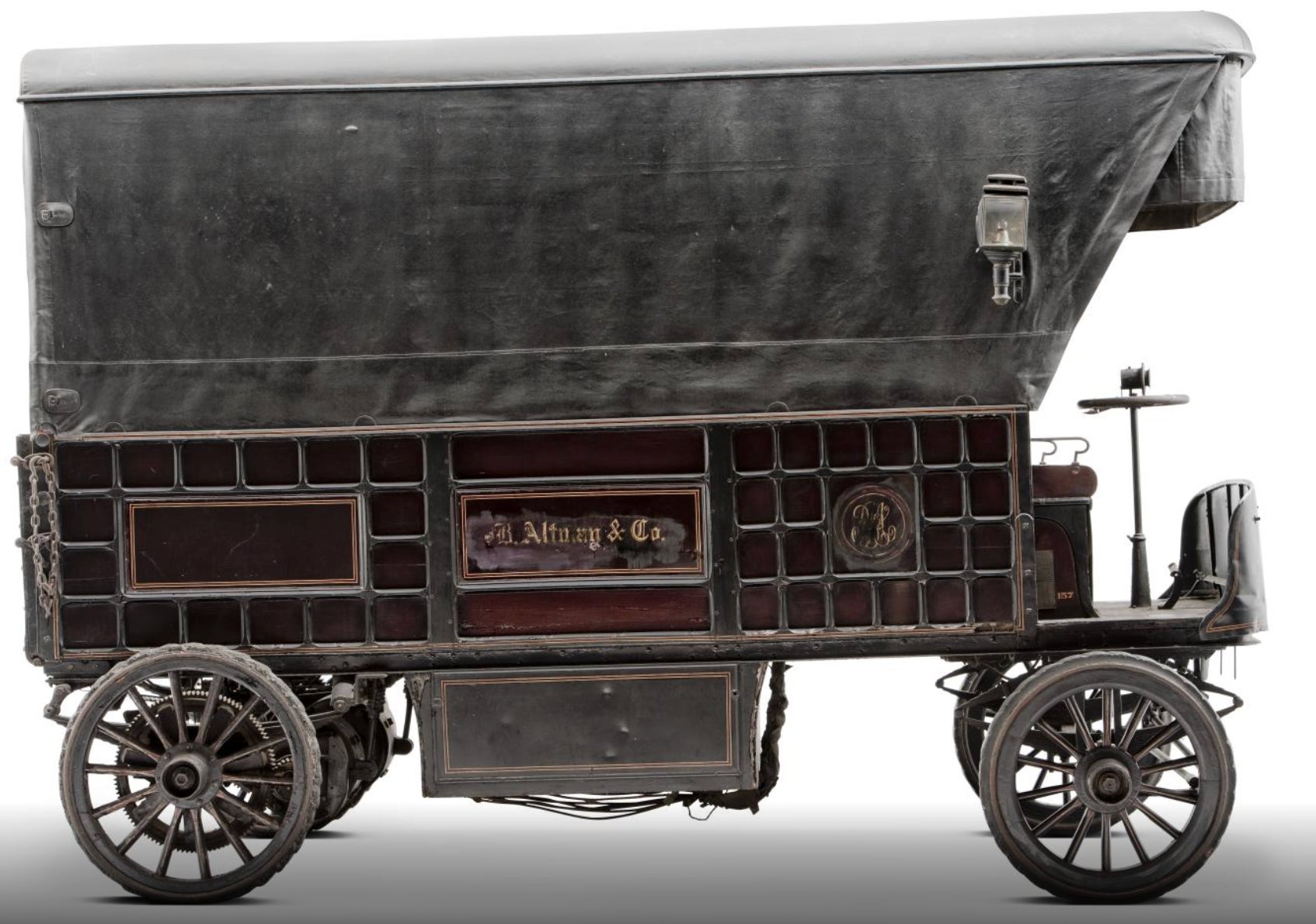
New York City department store B. Altman and Co. used this electric truck to carry goods between its warehouse and distribution center twice daily circa 1900. The business switched to this EV and ditched its horse-drawn delivery wagons to cut equine care and maintenance costs. Interestingly, it got its name from its manufacturer, F. R. Wood and Son, and not from one of its materials.
4 / 6
Riker Torpedo
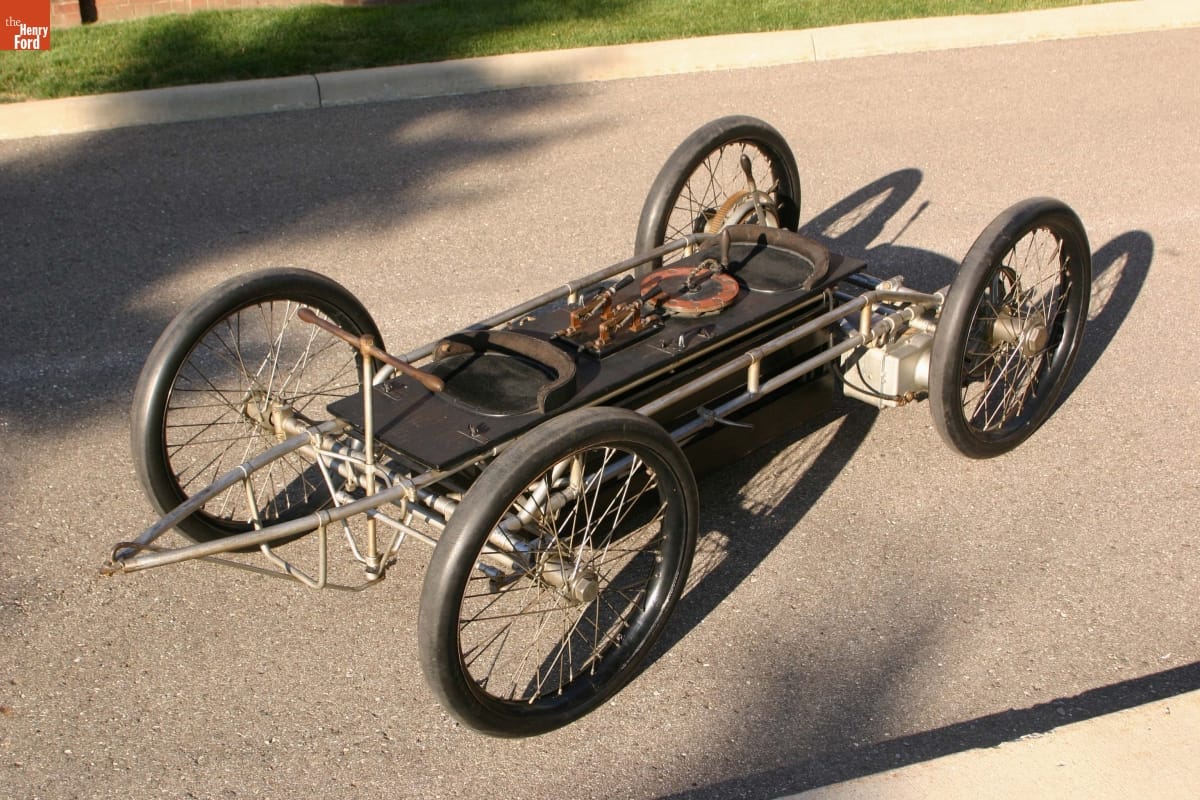
The Torpedo race car was the brainchild of bicycle manufacturer Andrew Riker, explaining its prominent tires. Riker — one of the catalysts for the U.S. auto industry’s transition from electric to gas-powered car manufacturing — and a second operator rode this battery-powered racer in Coney Island, New York, to achieve 57.14 mph in 1901, at the time the American speed record for electric cars.
5 / 6
Columbia Victoria
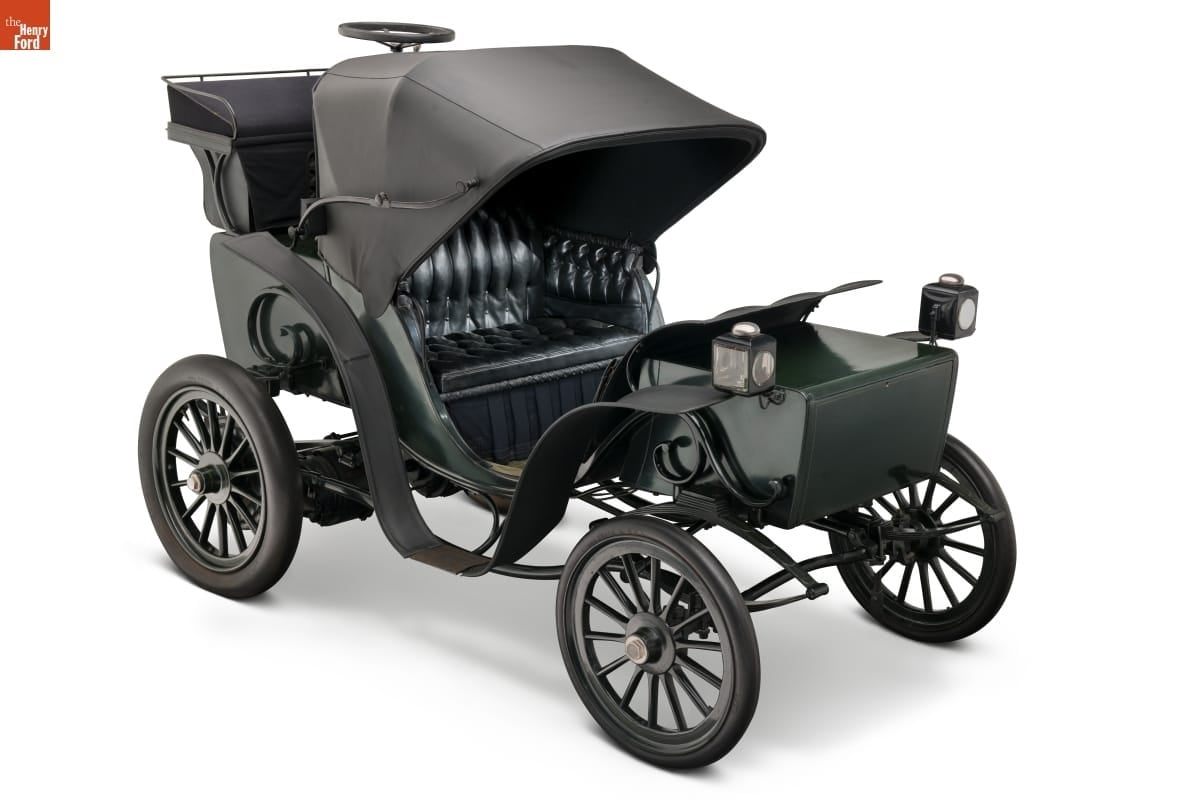
Made by the Electric Vehicle Co., this electric carriage was the epitome of luxury in its day. Its price tag of $3,500 in 1901 was approximately equivalent to the average wage of workers for seven years and nine months at the time. Unlike with horse-drawn carriages, the Columbia Victoria’s chauffeur sat in an elevated seat at the back while the passenger rode in the covered center.
6 / 6
Zagato Zele
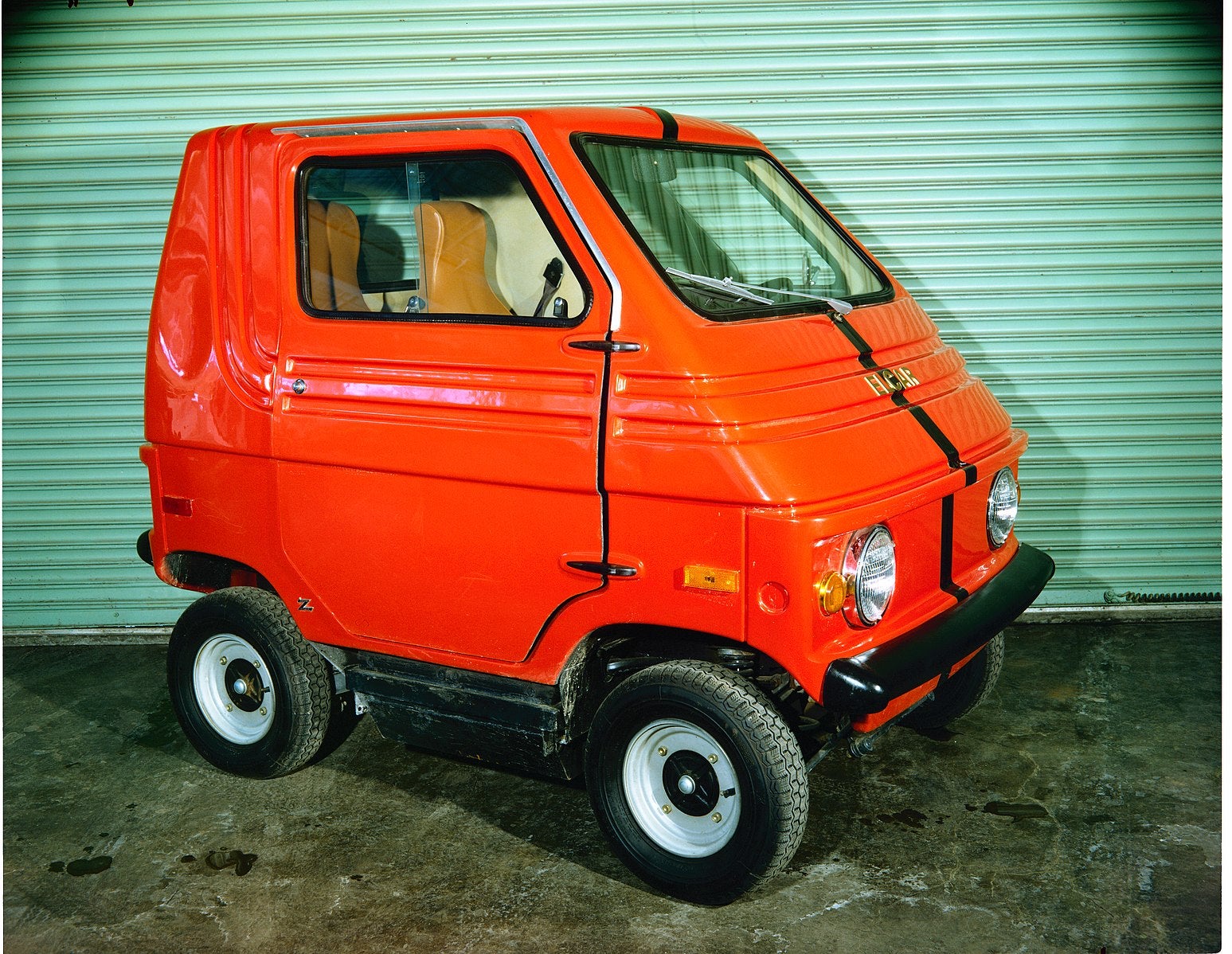
This plastic-bodied electric microcar debuted at the 1972 Geneva Motor Show. Marketed in the U.S. as Elcar — short for electric car — Zele had a compact design that was akin to a van with a missing cargo bay, a bold departure from Zagato’s work with Alfa Romeo (STLA), Aston Martin, and Lancia. The Italian manufacturer introduced it at the onset of the 1973 oil crisis and sold 500 units from 1974 to 1976 thanks to affordable electricity prices.